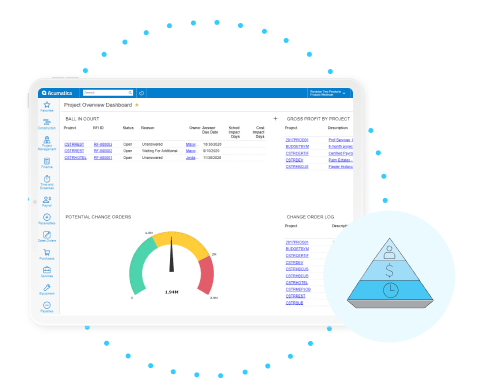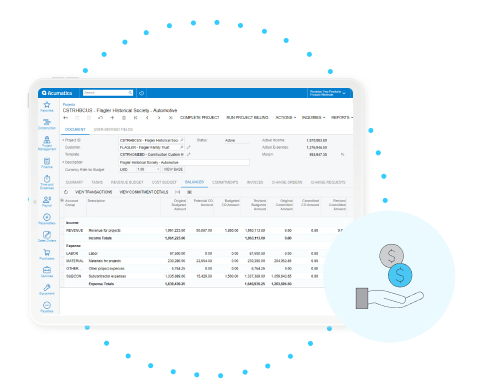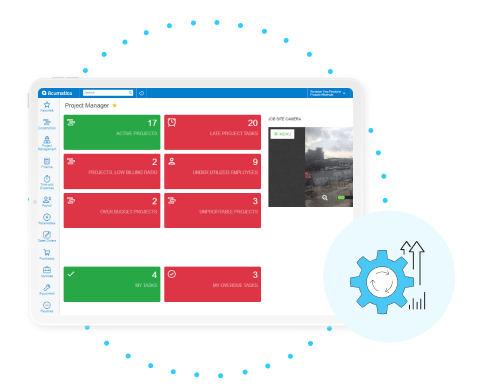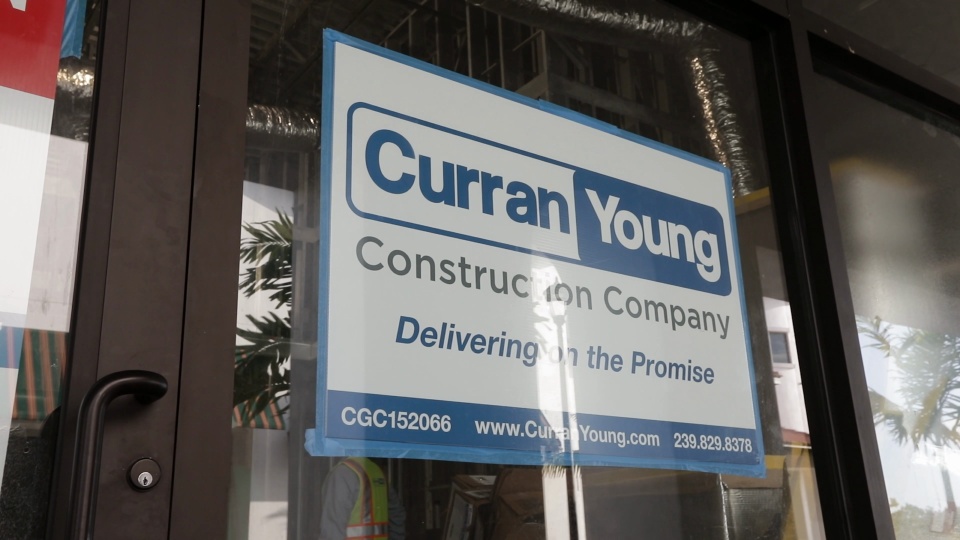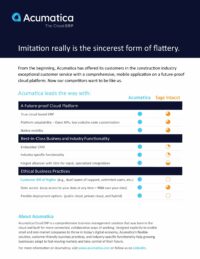An ERP solution built for today’s complex and connected construction industry
Acumatica provides a complete, mobile-enabled, cloud-based construction and accounting software solution. This easy-to-use software includes robust financials, job cost accounting, project management, payroll, inventory, order management, field service management, equipment management, route optimization, CRM, mobile, and more. Built on the world’s best cloud and mobile technology, it provides a complete, real-time view of your business anytime, anywhere.
 Canada (English)
Canada (English)
 Columbia
Columbia
 Caribbean and Puerto Rico
Caribbean and Puerto Rico
 Ecuador
Ecuador
 India
India
 Indonesia
Indonesia
 Ireland
Ireland
 Malasya
Malasya
 Mexico
Mexico
 Panama
Panama
 Peru
Peru
 Philippines
Philippines
 Singapore
Singapore
 South Africa
South Africa
 Sri-Lanka
Sri-Lanka
 Thailand
Thailand
 United Kingdom
United Kingdom
 United States
United States




